|
Fillmore Historical Museum Members Celebrate 50th Anniversary
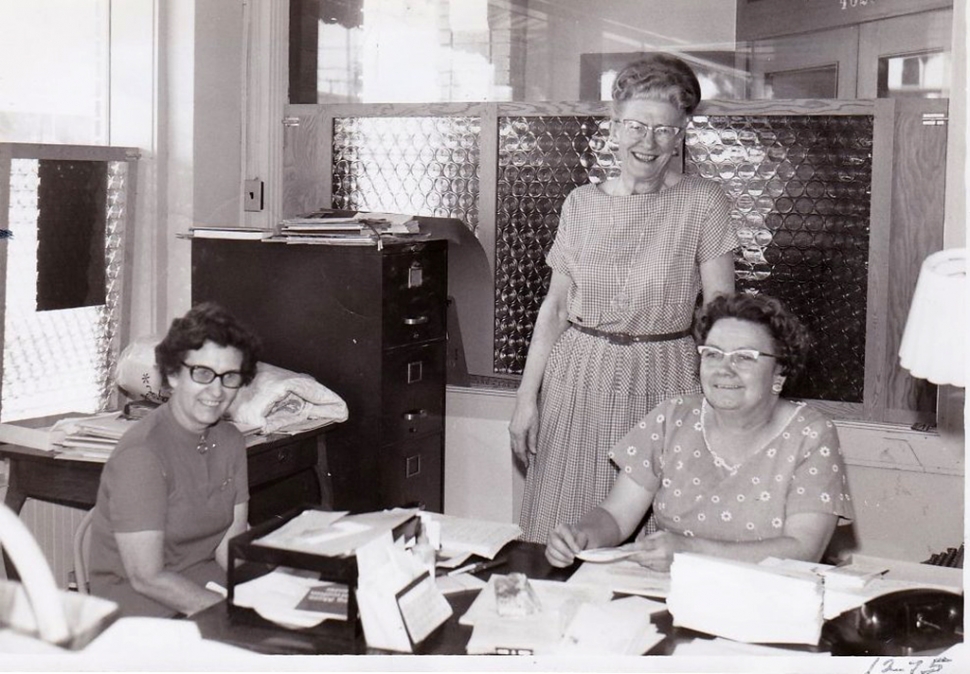 Ruth Walker, Edith Jarrett, and Dorothy Haase in 1970, who were instrumental in creating the Fillmore Historical Society and Museum. They sent a letter to 100 families in the community and to businesses and civic organizations asking why they came to Fillmore, when, and if they had items to put on display. Photos credit Fillmore Historical Museum. By Gazette Staff Writers — Wednesday, August 24th, 2022
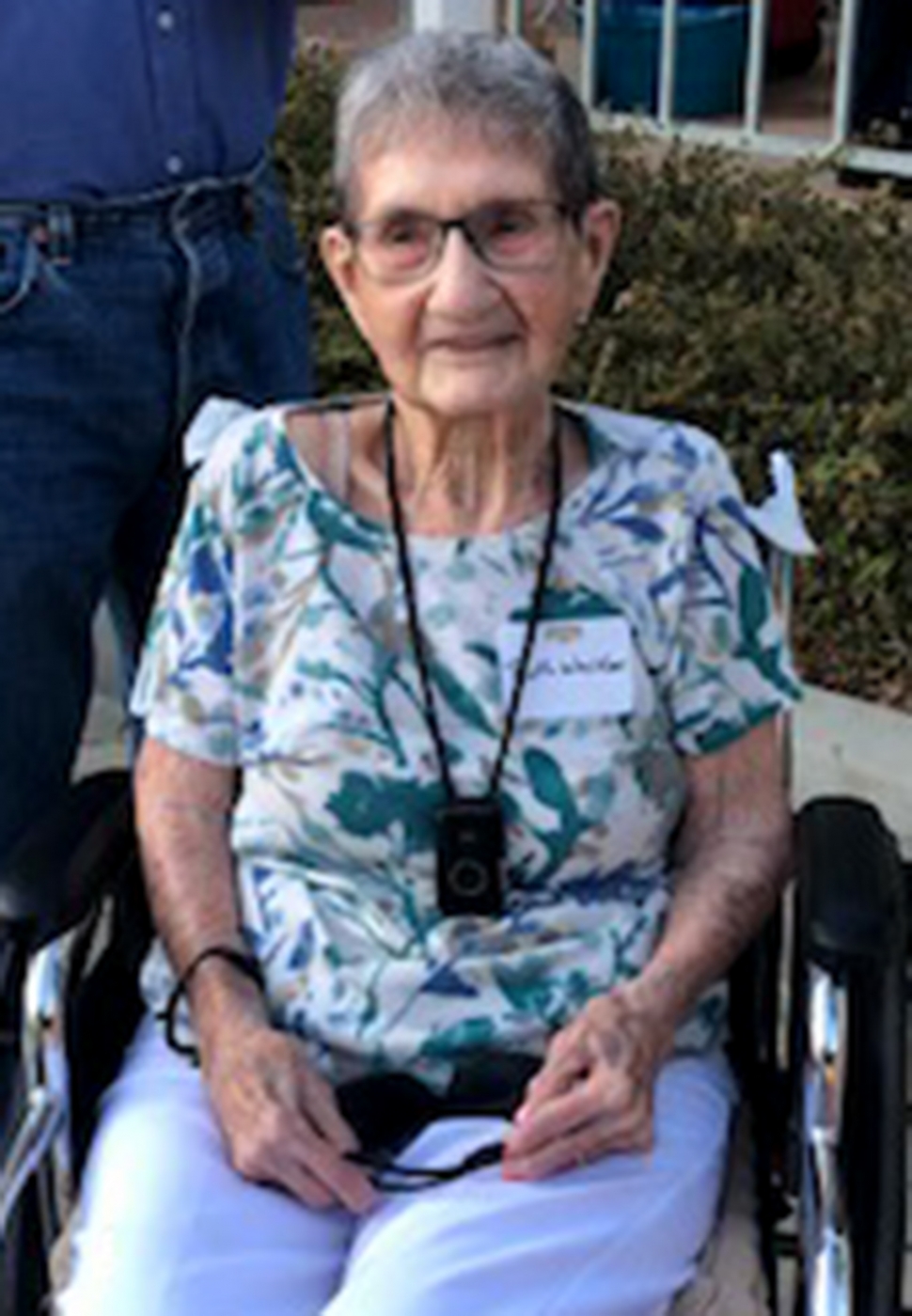 Ruth Walker, who in 1970 was president of the Fillmore Chamber of Commerce, and was present at the 50th anniversary event. 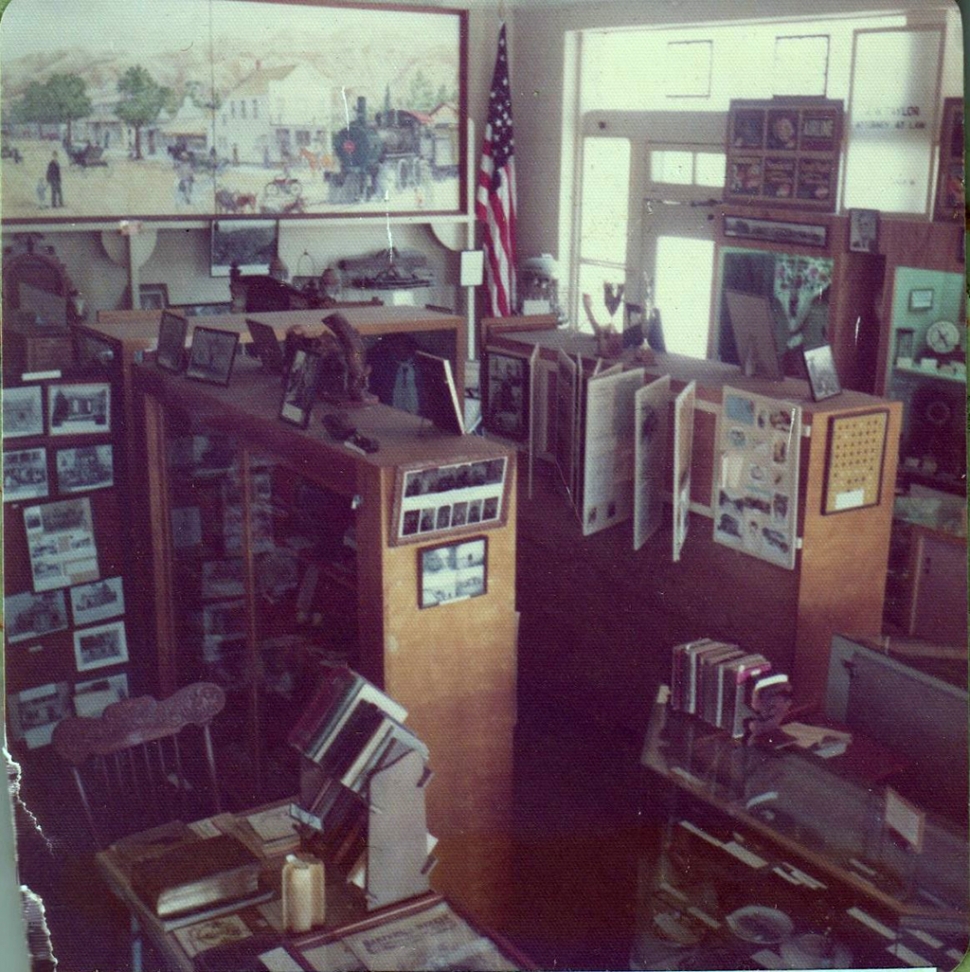 The museum in the Masonic Temple building in 1972. 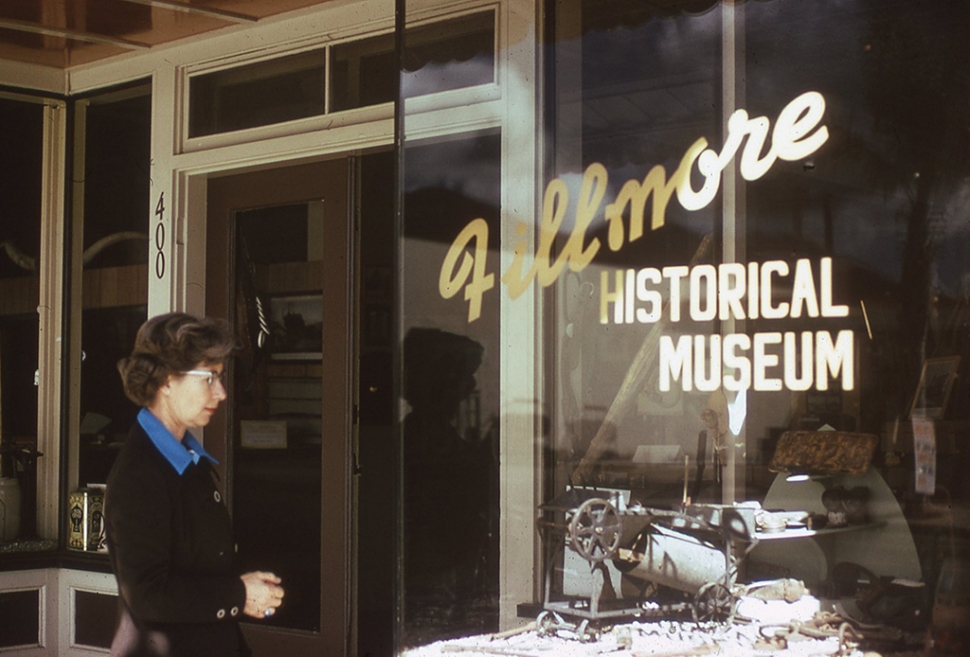 Museum front in 1974. 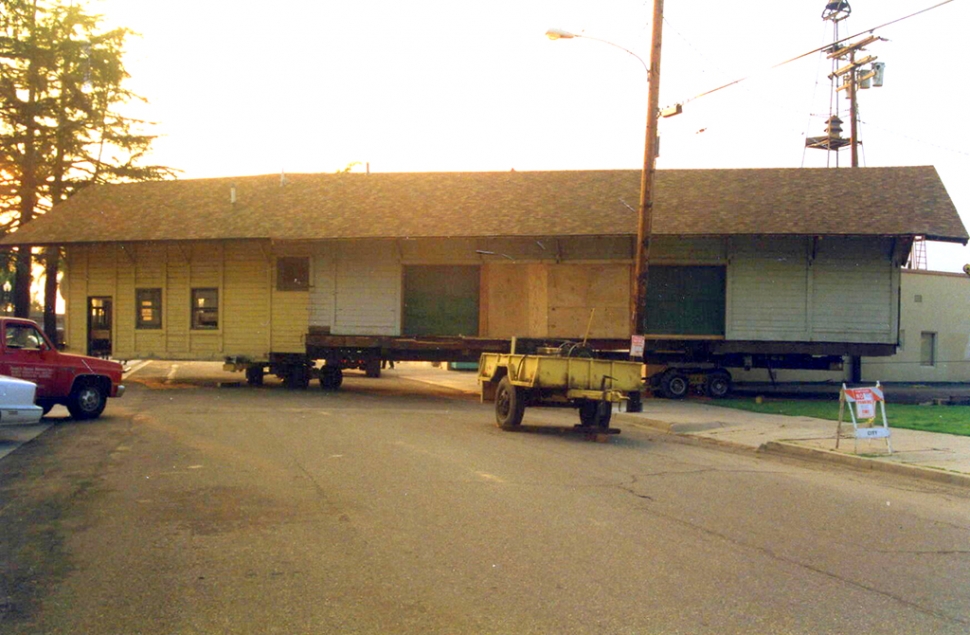 Moving the depot in 1996.  The museum site today in 2022. Pictured above is Ruth Walker, Edith Jarrett, Dorothy Haase 1970, which were instrumental in creating the Fillmore Historical Society and Museum. They sent a letter to 100 families in the community and to businesses and civic organizations asking why they came to Fillmore, when, and if they had items to put on display. Photo credit Fillmore Historical Museum. It soon became apparent that more space was needed. In 1972 Southern Pacific Railroad was going out of business and tearing down any structures along the right of way. It was suggested that Edith approach the railroad with a request that they donate the 1888, beat-up, depot to the Society. They didn’t donate it but they gave her a good sale price - $1.00 plus 5 cents tax. They also gave her just one week to move it or it would be torn down. That week, she went to the Fillmore City Council asking for a location on which to place the depot. The location was immediately located and approved - a small lot east of the Fillmore Fire Station on the alley between Central and Fillmore Streets. Edith paid for the move and the restoration of the depot. Fate took over in 1994 when the Northridge Earthquake rocked the Museum’s very foundations. The earthquake also had severely impacted large numbers of homes in Fillmore. One of these homes was owned in the early years by Dr. Ira Hinckley. It sat on a parcel on First Street. This parcel also had a barn to the north which had been transformed by artist Lawrence Hinckley into the famous “Artist’s Barn”. The house, off its foundation, was destined for destruction. The owner, Oliver Corl, instead donated it to the Museum. In just a few months it was moved from First Street to its new location on the west end of the new Museum site. Within the year, Jim Finch donated the Rancho Sespe Bunkhouse to the Museum. It was moved down highway 126 in the dead of night to a location on the east side of the new Museum site. The last building moved was the depot. It was moved in 1996 to its current location along the railroad on Main St. It was the final building restored and was opened in 2006. Since then, the center of the Museum site has been paved and trees planted. The gazebo which had originally been in the park north of the city hall and then moved to the vacant Masonic Temple site was moved again to its permanent location on the Museum site. More recently a display building was built to house a 1930 Model A pickup which was restored by students at Fillmore High School under the direction of teacher, Lin Thomas. Finally a small post office building which was the first post office in Bardsdale was placed on the site. Before the earthquake it had been located on the dock of the depot. We had considered the site complete. But in 2021 we received the donation of a 1926 American LaFrance fire engine which had been restored by a group of Fillmore volunteer firemen. The fire engine was used in Fillmore from 1927 until the early 1950s. A new building is in the planning stages to soon be constructed to house this beautiful vehicle. And, of course, fundraising has begun to pay for this new addition. But, we do more than restore buildings. We are open to tourists from all parts of the world and the United States. We provide school tours for students, scouts and families. We do research on local historical events and write stories for you to enjoy in the Gazette and online on the Museum website. We, the Museum staff and volunteers, hope that you will visit the Museum, enjoy the many new displays and become members in support of our projects. We also welcome new volunteers – people who want to help by leading tours or just want to know more about local history. Learn more about our programs by visiting our website: fillmorehistoricalmuseum.org. Or just come by and visit us at 350 Main St. in Fillmore, CA. You can also contact us at Fillmore.museum@gmail.com |
